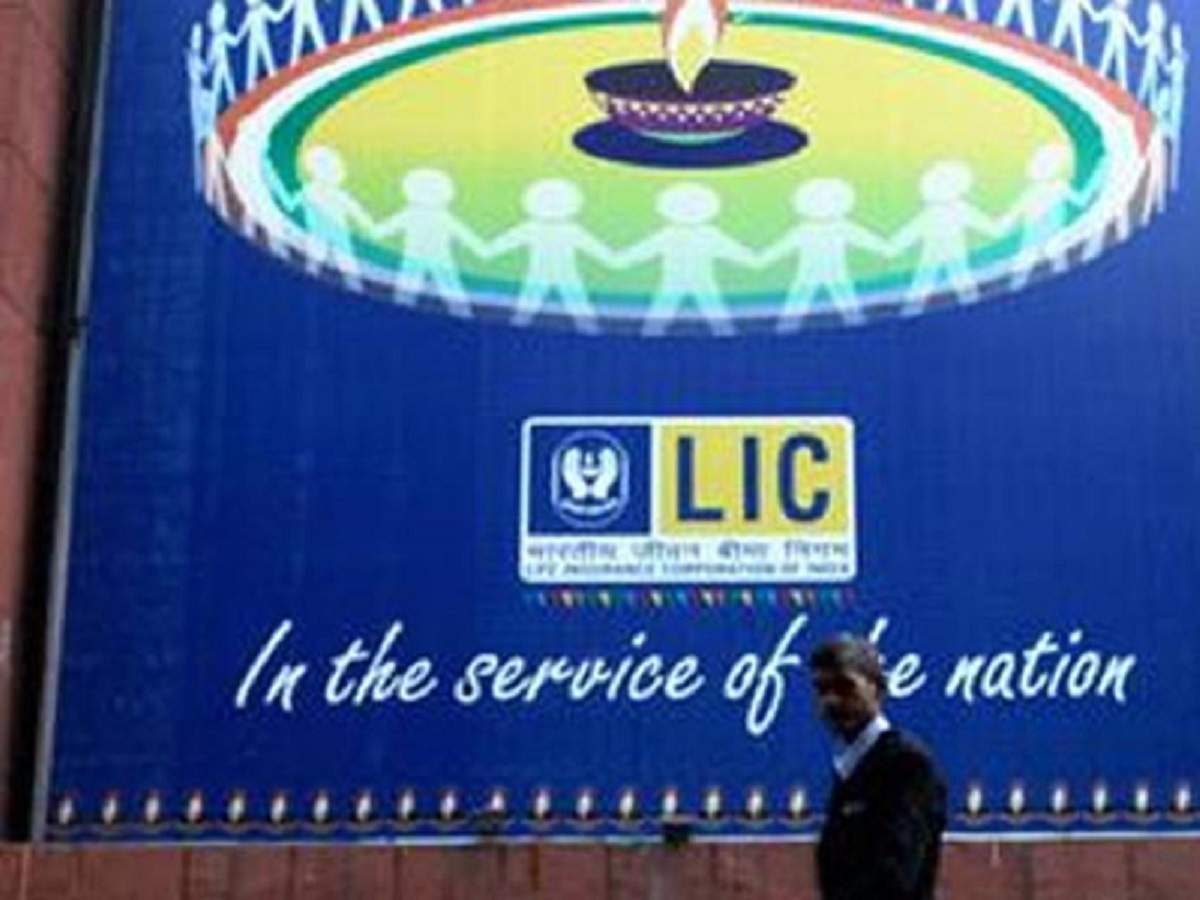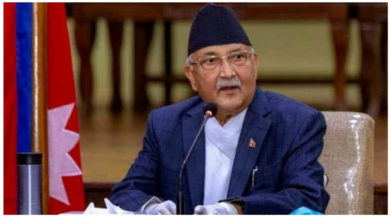UNION BUDGET 2021: Industry wise highlights

The Union budget declared by Finance Minister Nirmala Sitharaman on 1 February 2021 is generally regarded as a critical point in the economic and social rehabilitation of the country from a deadly pandemic that slashed wages and disrupted countless lives. Sitharaman has the formidable job of reviving the floundering economy since before the coronavirus hit while maneuvering through the myriad new problems that have arisen as a result of the lockdowns led by the pandemic. It is said that with this new budget, the Prime Minister is seeking to build an economic legacy and India should expect a double-digit amount of growth in the near future.
Insurance:
The government has recommended that the FDI interest in government insurance firms should be raised to 74% from the previous 49%. This clearly suggests that international insurers will now receive a greater share of public insurance firms relative to the former 49 percent, which did not allow them the ability to make decisions that are likely to attract external investors. The long awaited IPO of the Life Insurance Corporation of India (LIC) is also expected to take place in the year 2021-22. This was proposed as a way of disinvestment used by the government. This, too, would allow the government to increase its capital revenues.

Disinvestment:
Disinvestment involves a decrease in the value of the investment or the selling of a certain share of the investment. In order to minimise the fiscal pressure on the exchequer or to collect funds to fulfil particular needs, the government undertakes disinvestment, such as bridging the tax deficit from other normal sources. Disinvestment can, in certain situations, be undertaken to privatise properties. The Government of India has proposed to start divesting its stakes and privatising 2 Public Sector Undertaking Banks and 1 Public Insurance Firm to help collect the required resources for these investments and also to minimise the fiscal deficit of the country.
Infrastructure:
Infrastructure is prepared to obtain a major boost. The FM announced the establishment of an institution for infrastructure financing (DFI). In order to finance the DFI, the government promised to set aside Rs.20,000 crores and hoped that this would produce new loans worth Rs.5 lakh crores over the next three years.

Banking Sector:
For a while now, Indian banks have had a struggle with outstanding loans. It’s no longer a mystery, and after the awful year we’ve just had, it’s very likely that this issue might just turn into a tragedy. So the plan right now, it seems, is to move all these toxic loans somewhere else. Maybe, move it to a Bad Bank. A bad bank is a bank set up to buy the bad loans of banks with significant non-performing assets at market price. By transferring the bad assets of an institution to the bad bank, the banks clear their balance sheet of toxic assets but would be forced to take write downs.
Struggling banks will only be left with the pristine stuff. The strong loans (loans that are likely to be repaid in full). And instead of thinking about issuing loans, they should concentrate on keeping their act together. Also, the next time outside investors look at these banks, they’ll find that there’s a real potential for money-making here.
Healthcare:

The centre of focus was going to be healthcare. Everybody acknowledged that. There was cause to cheer as the government launched a new centrally funded system, with proposals to establish primary, secondary, and tertiary health care capabilities in India. In fact, in an effort to kickstart this initiative, the government vowed to invest Rs. 65,000 crores over the next six years. And, they topped that by saying they expect to invest 137 percent more on health care services in the next financial year.
Next year, the government would devote more funds to the healthcare industry. But a large deal of it is dedicated to water and sanitation services. That, by the way, is in itself a noble objective. Given that there is a pandemic at large, though, maybe we should have done better on the health care front. As it stands, in an attempt to help them invest in the healthcare industry, the central government will reserve Rs.35,000 crores for vaccines and the Finance Commission will award another Rs.13,000 crores to states. Yet there isn’t a huge improvement here outside of these special allocations.
-Maitri Mehta





